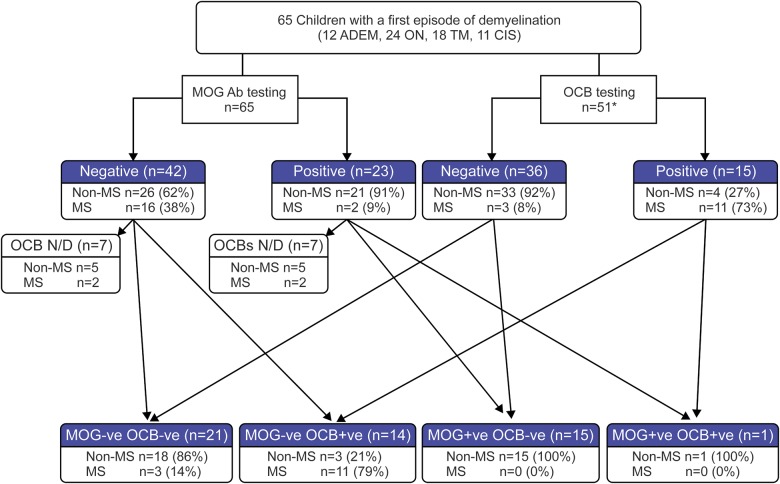Figure 2. Summary of the utility of MOG-Abs and OCB testing in predicting pediatric disease course at onset compared to clinical follow-up at 1 year.
Following testing with either myelin olidgodendrocyte glycoprotein antibody (MOG-Ab) or oligoclonal blands (OCBs), the additional testing of the respective other is represented by arrows to the respective outcomes. A MOG-Ab–positive test predicted a non–multiple sclerosis (MS) diagnosis, whereas OCB positivity was highly predictive of MS. Eleven of 15 OCB- positive patients developed MS (73%), whereas 11 of 14 OCB-positive and MOG-Abs–negative patients developed MS (79%). The one MOG-Ab–positive and OCB-positive patient did not have MS, and all MOG-Ab–positive and OCB-negative cases had a non-MS course, compared to 91% if only OCB was negative. Of the 14 patients not tested for intrathecal OCBs, 7 patients tested positive for MOG-Ab; 2 patients from the antibody-positive and 2 from the antibody-negative groups had a diagnosis of MS at 1-year follow-up. ADEM = acute disseminated encephalomyelitis; CIS = clinically isolated syndrome; N/D = not done; ON = optic neuritis; TM = transverse myelitis.

